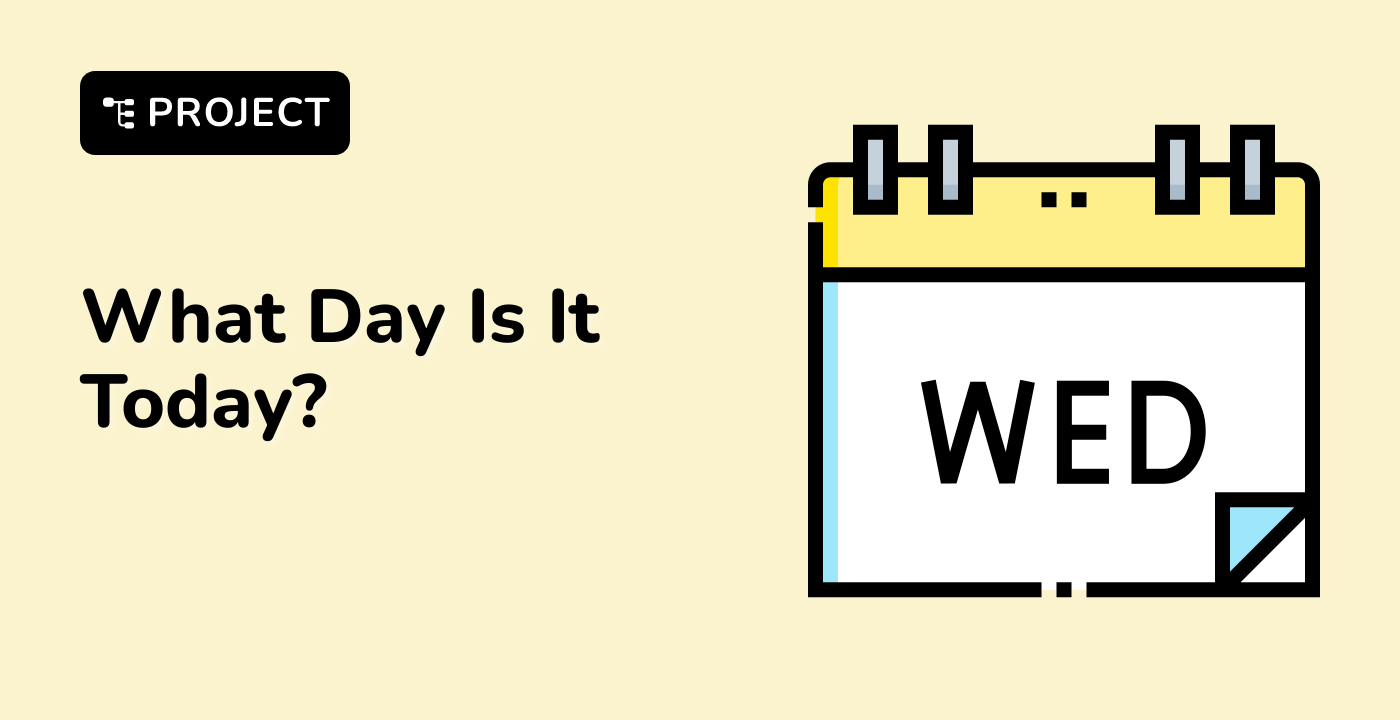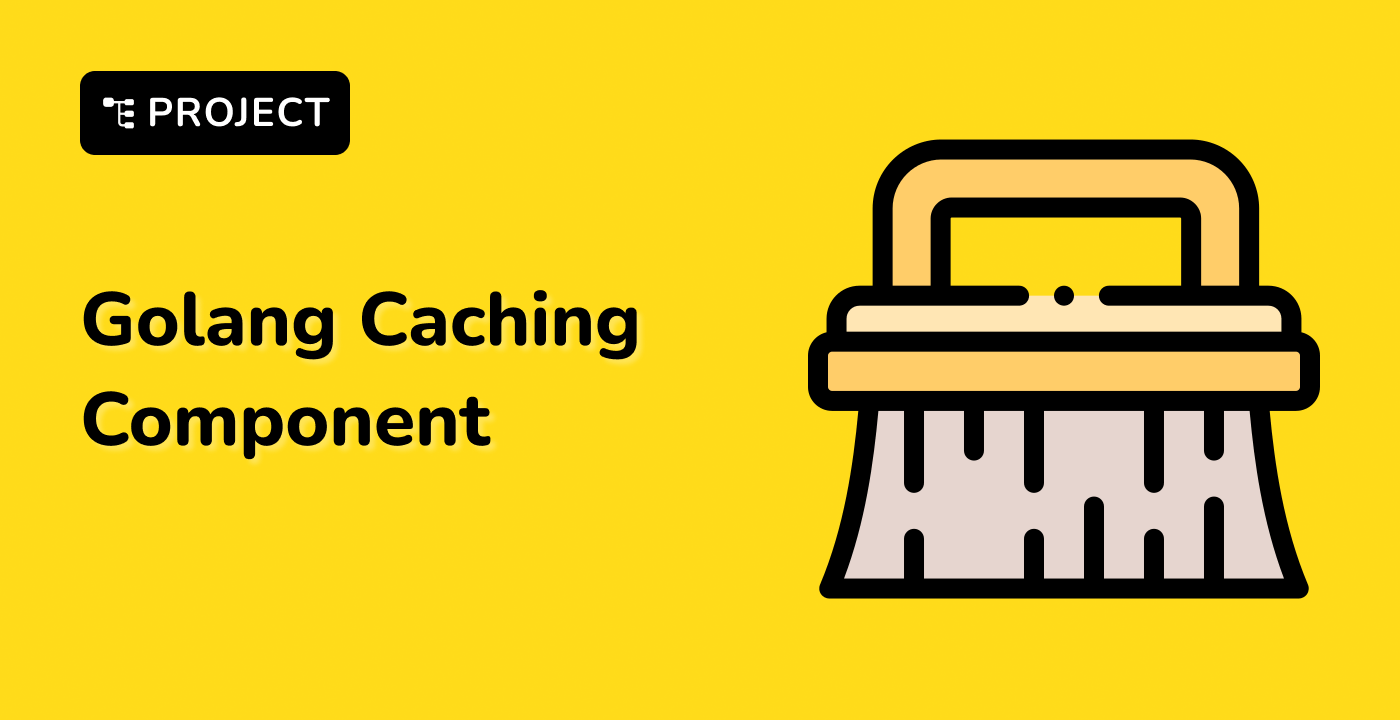Advanced XML Handling and Best Practices
As your Golang applications grow in complexity, you may encounter more advanced XML handling requirements. In this section, we'll explore some best practices and techniques for working with XML in Golang, including XML validation, data manipulation, and optimization.
XML Validation
Ensuring the validity of XML data is crucial for maintaining the integrity of your application's data. Golang's encoding/xml package provides support for XML schema validation using the xml.Schema type.
func validateXML() {
// XML schema definition
schemaData := `
<xs:schema xmlns:xs="
<xs:element name="person">
<xs:complexType>
<xs:sequence>
<xs:element name="name" type="xs:string" />
<xs:element name="age" type="xs:integer" />
</xs:sequence>
</xs:complexType>
</xs:element>
</xs:schema>
`
// Parse the XML schema
schema, err := xml.Schema([]byte(schemaData))
if err != nil {
fmt.Println("Error parsing schema:", err)
return
}
// XML data to validate
xmlData := `
<person>
<name>John Doe</name>
<age>35</age>
</person>
`
// Validate the XML data against the schema
if err := schema.Validate(strings.NewReader(xmlData)); err != nil {
fmt.Println("XML validation error:", err)
return
}
fmt.Println("XML data is valid!")
}
In this example, we demonstrate how to use the xml.Schema type to validate XML data against a defined schema. This ensures that the XML data adheres to the expected structure and data types, helping to maintain the reliability and consistency of your application's data.
XML Data Manipulation
Beyond basic parsing and encoding, you may need to perform more complex operations on XML data, such as modifying, filtering, or transforming the content. Golang's standard library provides flexibility in this regard, allowing you to manipulate XML data as needed.
func transformXML() {
// XML data
xmlData := `
<family>
<member>
<name>John</name>
<age>35</age>
</member>
<member>
<name>Jane</name>
<age>32</age>
</member>
</family>
`
// Parse the XML data
doc := etree.NewDocument()
if err := doc.ReadFromString(xmlData); err != nil {
fmt.Println("Error reading XML:", err)
return
}
// Modify the XML data
for _, member := range doc.FindElements("//member") {
age, _ := strconv.Atoi(member.FindElement("age").Text())
if age > 30 {
member.AddChild(etree.NewElement("senior")).SetText("true")
}
}
// Serialize the modified XML data
result, err := doc.WriteToString()
if err != nil {
fmt.Println("Error writing XML:", err)
return
}
fmt.Println(result)
}
In this example, we use the github.com/beevik/etree library to manipulate the XML data. We parse the XML, identify the members older than 30, and add a new "senior" element to those members. Finally, we serialize the modified XML data and print the result.
By leveraging these advanced techniques, you can build Golang applications that can handle complex XML data requirements, ensuring the reliability and flexibility of your XML-based solutions.




